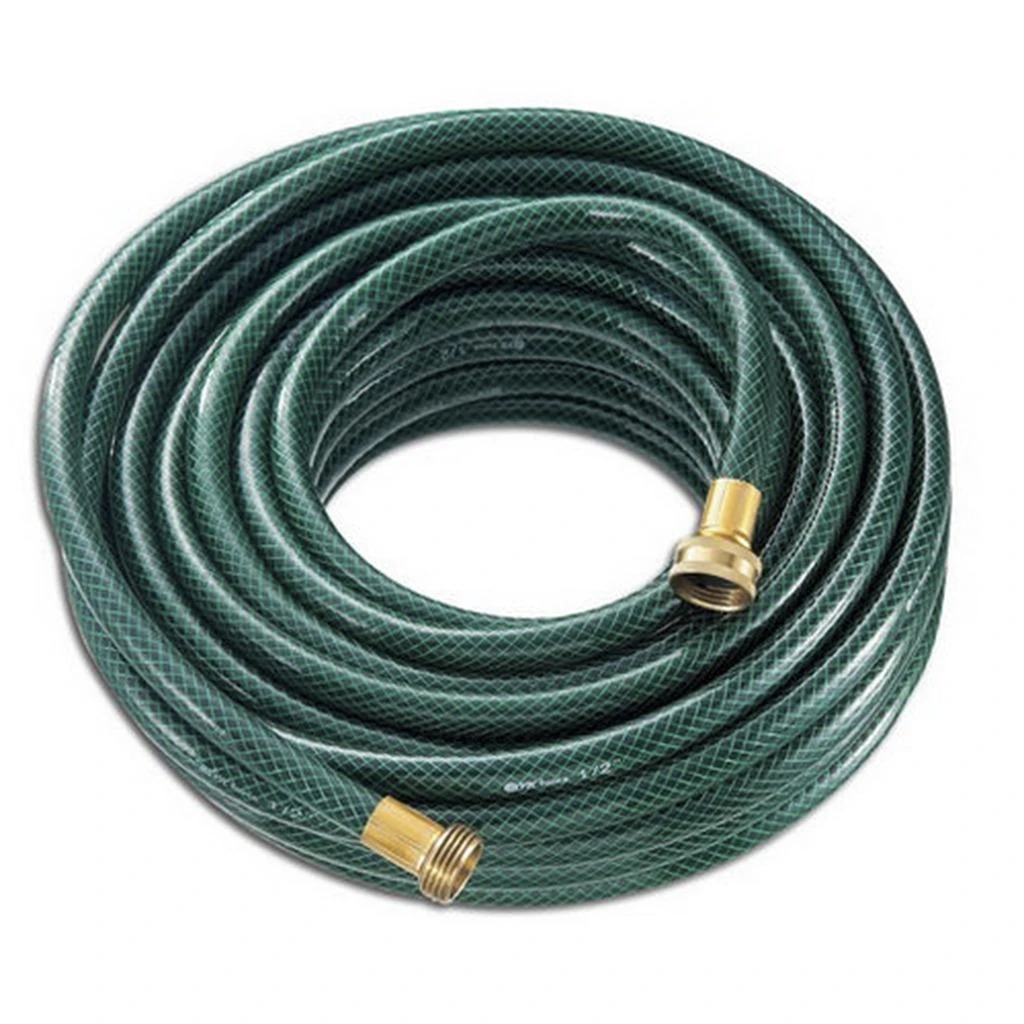fire hose for fire hydrant
The Importance of Fire Hoses for Fire Hydrants
Fire safety is a critical aspect of urban planning and emergency preparedness. Among the various tools and equipment used by firefighters, the fire hose plays a pivotal role in combating fires effectively. When connected to fire hydrants, these hoses become lifelines that deliver water to extinguish flames, thereby saving lives and property from destruction. Understanding the relationship between fire hoses and fire hydrants is essential for recognizing their significance in emergency response scenarios.
What is a Fire Hose?
A fire hose is a high-pressure flexible tube designed specifically for carrying water or other fire retardant agents to suppress flames. Made from durable materials such as rubber, PVC, or a combination of both, fire hoses are engineered to withstand extreme conditions, including high pressures and temperatures. They come in various diameters, typically ranging from 1.5 inches to 5 inches, and have specific lengths that can be coupled together to reach maximum distances.
The Role of Fire Hydrants
Fire hydrants are stationary devices located throughout urban and suburban areas that provide a readily accessible water source for firefighting efforts. When a fire alarm is triggered, firefighters quickly locate the nearest hydrant and connect their hoses to it. Hydrants are connected to the water supply network, ensuring that a sufficient volume of water is available during emergencies.
Hydrants are usually painted in bright colors, making them easily visible to both firefighters and the public. Regular maintenance, inspection, and testing of fire hydrants ensure they are operable when needed. Furthermore, each hydrant has specific color codes that indicate the flow rate and the amount of pressure available—information that is crucial for fire crews responding to an incident.
Connecting the Two Fire Hoses and Fire Hydrants
fire hose for fire hydrant

When a fire breaks out, the speed and efficiency with which firefighters can establish a water supply directly impacts the outcome of the emergency. Fire hoses connect to fire hydrants using a coupling system that allows for quick attachment and detachment. Many communities have standardized connections to ensure compatibility across different types of fire hoses.
One of the key factors to consider is the flow rate—the amount of water a fire hydrant can deliver can significantly influence the effectiveness of firefighting efforts. Fire hoses need to be adequately sized to handle the maximum water flow from hydrants. A hose that is too small can lead to pressure loss and diminished water delivery, while a hose that is too large may be unwieldy and difficult to manage.
The Challenges of Fire Hose Usage
The successful operation of fire hoses connected to hydrants comes with a set of challenges. Firefighters need to ensure that hoses are not pinched or kinked during operations, as this can restrict water flow. Additionally, training is vital; firefighters must practice handling hoses efficiently to respond effectively during an emergency.
Weather conditions can also affect the use of fire hoses. Cold temperatures can pose a risk of freezing water inside hoses, potentially causing them to burst. Fire departments often have protocols in place to mitigate these risks, such as using insulated hoses or keeping equipment in heated environments.
Conclusion
Fire hoses and fire hydrants work in tandem to provide a crucial lifeline in firefighting efforts. The effectiveness of emergency responses hinges on the seamless connection and operation of these two critical components. As urban areas continue to grow and evolve, ongoing education, testing, and maintenance of fire hydrants, along with training for firefighters on hose operations, remain essential. By understanding the dynamics between fire hoses and hydrants, communities can enhance their fire safety measures, ensuring a quicker and more effective response to fires, ultimately protecting lives and property.
-
Welded Wire Mesh Panel: Durable, Versatile, and AffordableNewsJul.28,2025
-
Top Quality Oxy Acetylene Hoses for Sale Fit for Welding DemandsNewsJul.28,2025
-
The Future of Pneumatic Air Tubes in IndustryNewsJul.28,2025
-
Superior and Reliable LPG Hose Pipe Solutions for Every NeedNewsJul.28,2025
-
Exceptionally Durable and Versatile Premium Braided PVC TubingNewsJul.28,2025
-
Best Adapters for Connecting Garden Hose to PVC Pipe ConnectionsNewsJul.28,2025














